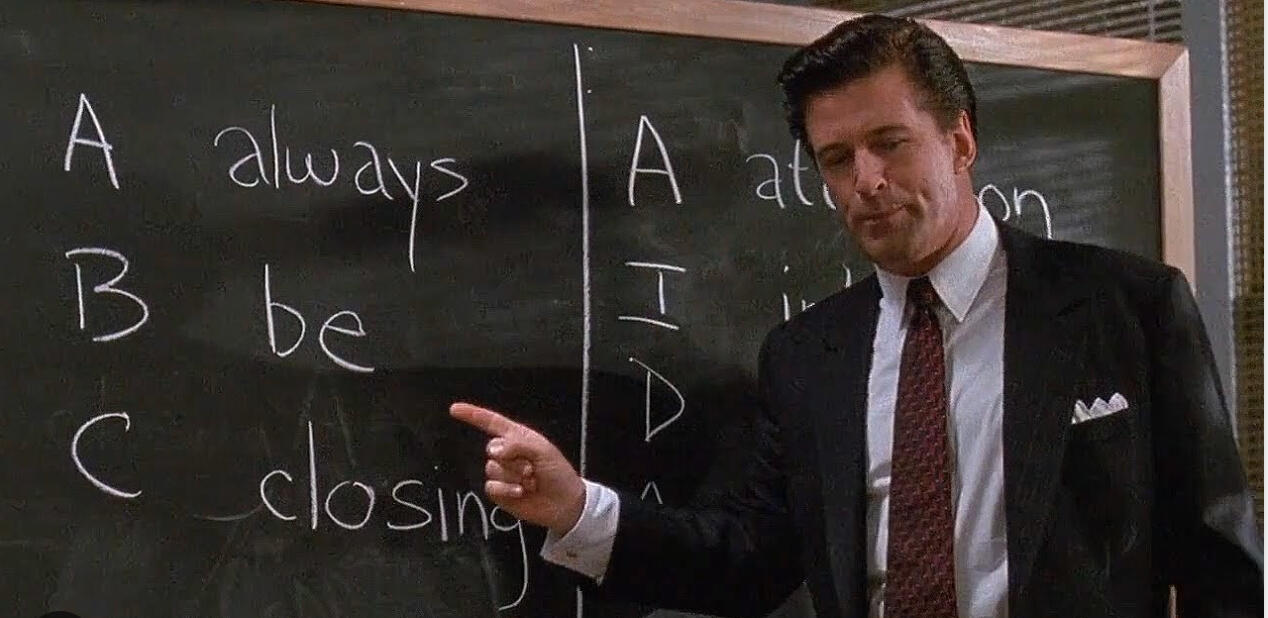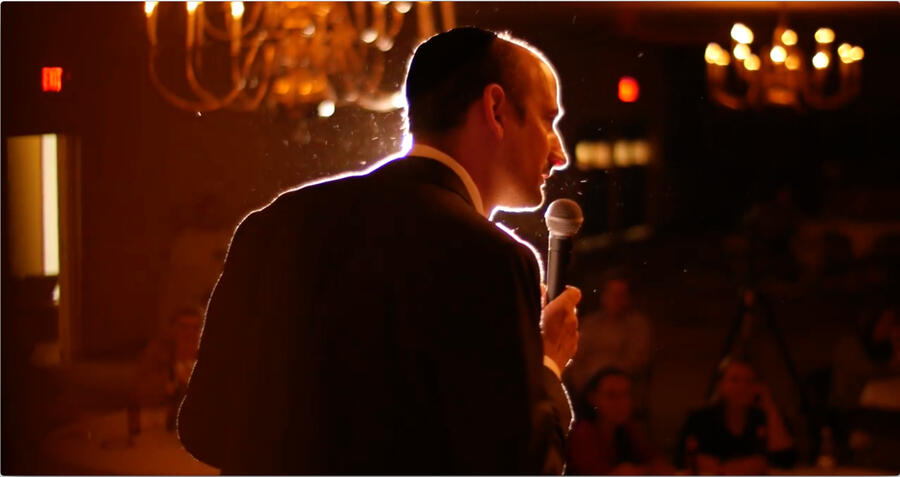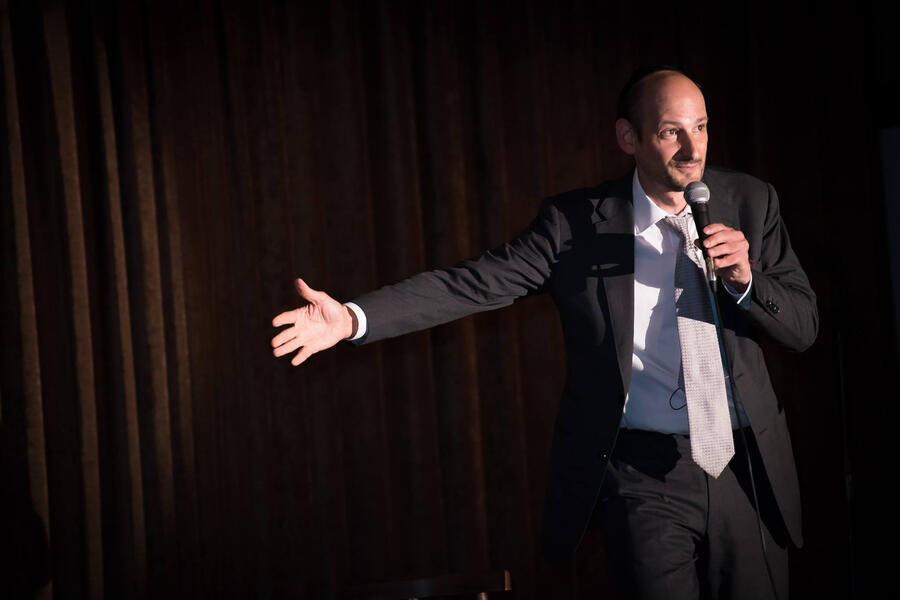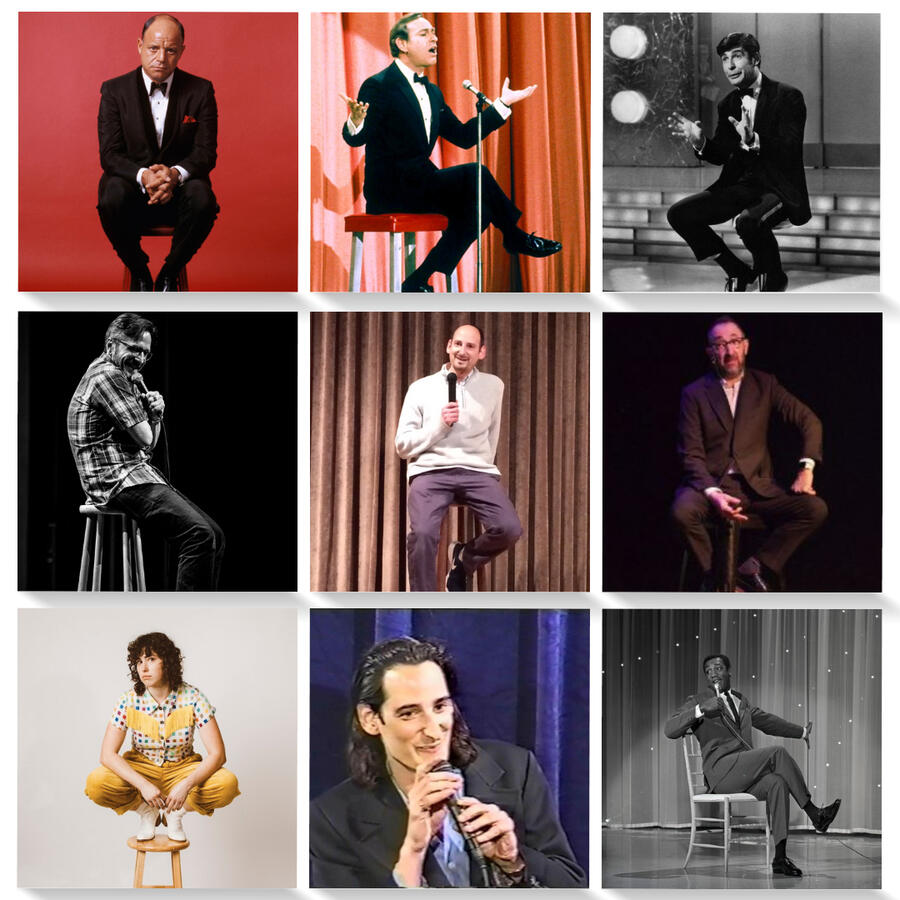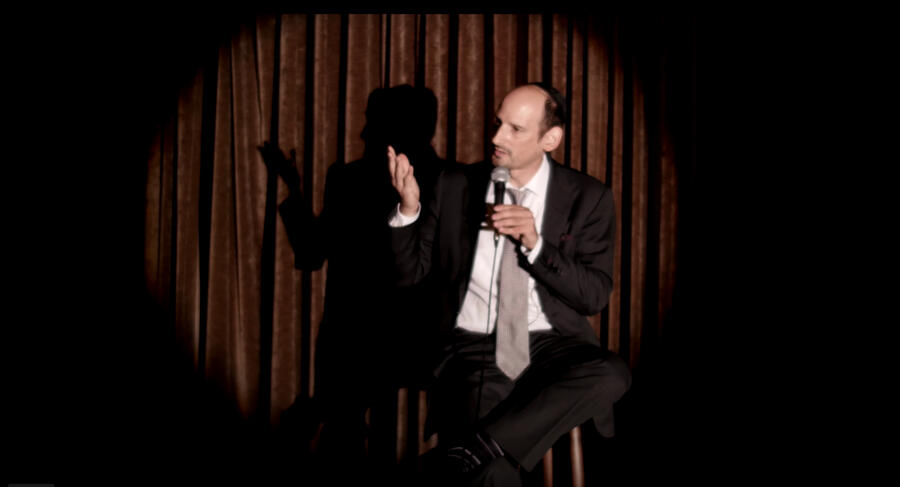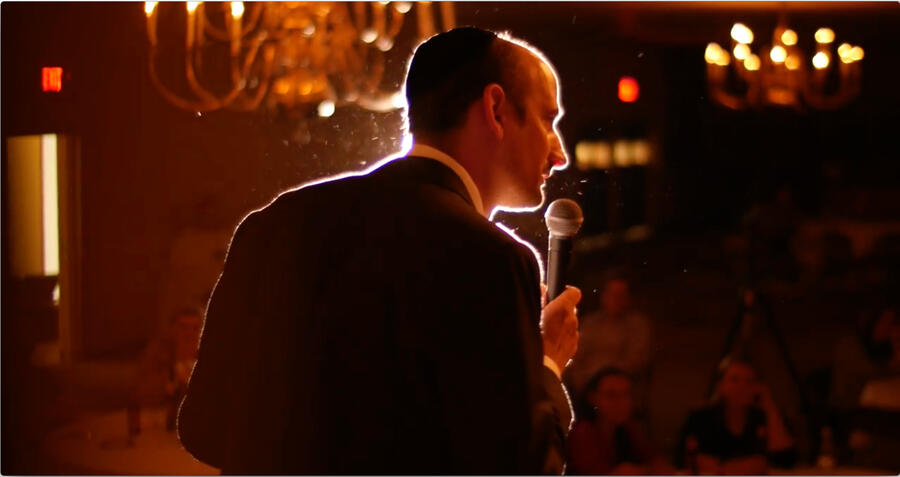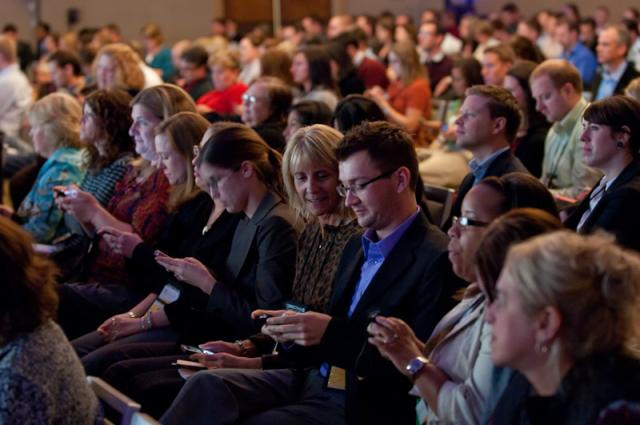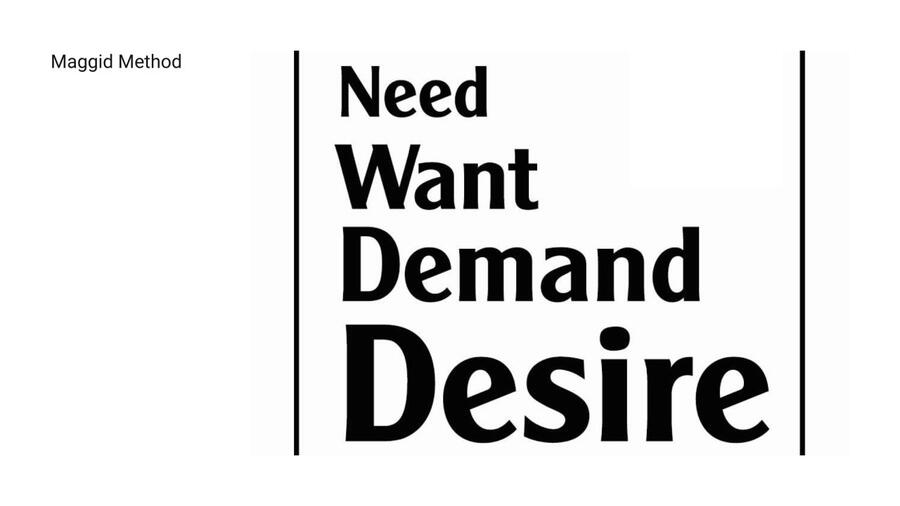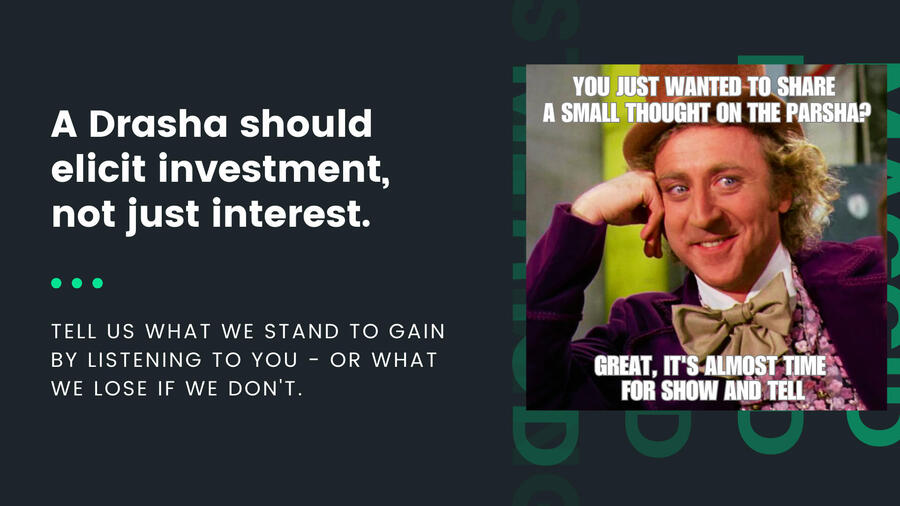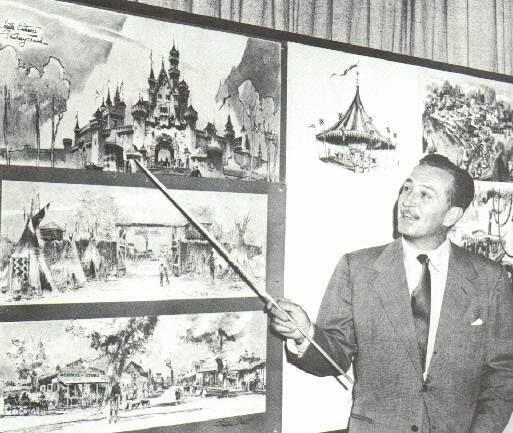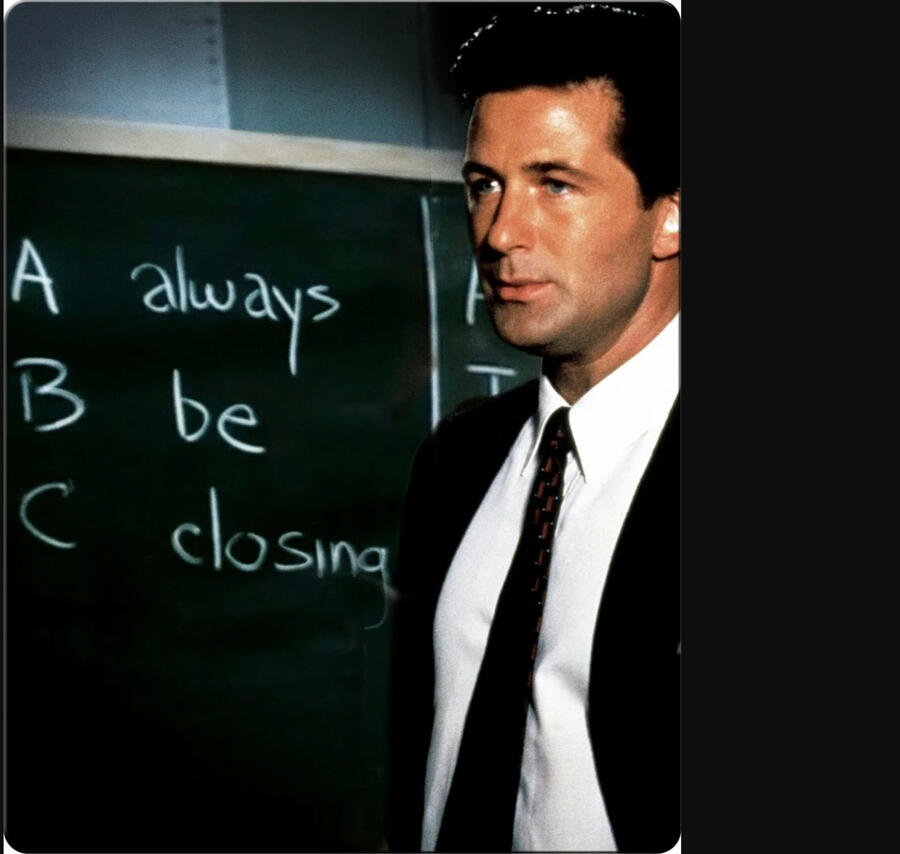
MAGGID METHOD
The blog.
THE GREATEST STORYTELLING METHOD. EVER.

The following is the greatest storytelling formula I’ve ever seen.Replace as many ‘ands’ in your story with as many ‘buts’ and ‘therefores’ as possible.
‘And’ is a context word. It adds details to information that's already been stated.Example:"She wanted to bake a cake, and she went to the store to buy the ingredients."
But stories like that are boring. They don’t contain any tension or conflict.Therefore, people who tell those types of stories always fail to engage their listeners.
And that’s where the ‘and, but, therefore’ framework of storytelling comes to the rescue.‘And’ provides the background to your story. And that’s important.But if you really want to hook people and keep them guessing what happens next, you need to throw them some curveballs.‘But’ does just that.
‘But’ introduces a shift in the narrative, in the form of an obstacle, a change of direction, or a conflict that needs to be resolved.Example:"But when she got to the store, there was a line around the block."
‘Therefore’ is the scratch to the itch created by ‘but’. It tells us what happened as a result of that curveball we were just thrown.Example:"Therefore, she decided to pick up some ice cream instead."
Therefore, the more shifts (‘buts’) and results of those shifts (“therefores”) you can insert into your story, in between providing additional contextual details (“ands”), the more engaging your story will be.Think more zigging and zagging with your story, and less straight lines.Now go back to the top and see how this works in action.
💥Want a custom Chat GPT prompt you can use to turbocharge your stories? Ask me your biggest question about writing or delivering Drashos - and I'll send it to you as a bonus!💥
MY FIRST TIME ON STAGE, THIS HAPPENED.
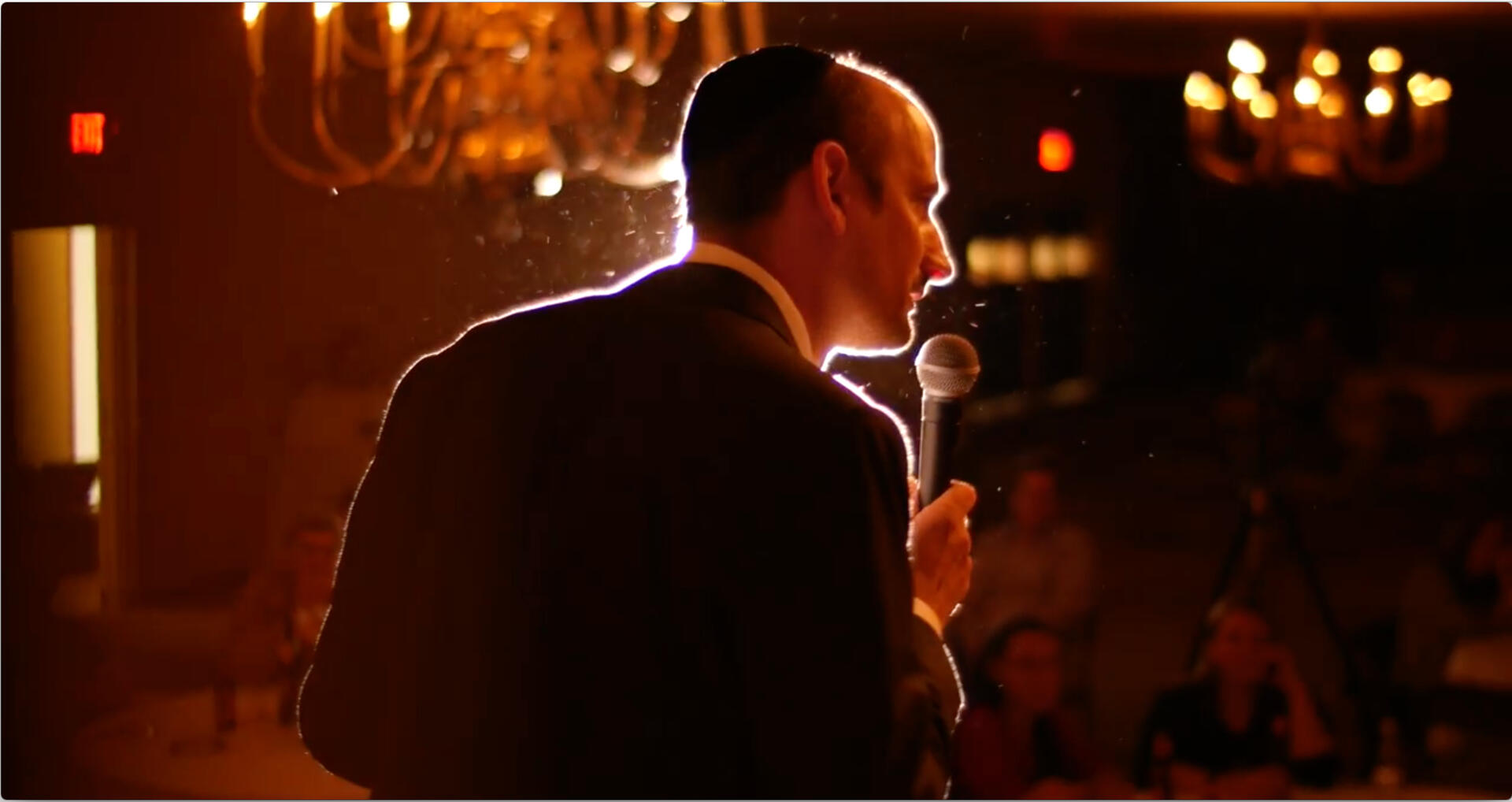
I was 18 years old when I tried stand-up comedy (and bombed) for the first time.It was on a Wednesday night in July, in the back lounge of a dingy motel in Nanuet, NY, where, once a week, wannabe comedians could get 5 minutes of stage time in front of transient audiences to try to get laughs and hone their craft.
I still recall my opening bit that night, although 30 years later, it’s still painful to think about.I brought a prop with me onstage.A floppy, Gilligan’s Island kind of rain hat with a downturned brim that I had bought at a local thrift shop for $1.50.“I paid a lot of money for this hat, “ I informed the crowd, because it is a hat of invisibility, and as soon as I don this hat, I will immediately become invisible to the audience.”Then, I put on the hat, and proceeded to act as if I really believed I had become invisible, though obviously nothing had changed.“It is just as I have said, I’m invisible. Do not be alarmed. Although you cannot see me, I assure you that I’m right here in front of you, and as soon as I remove the hat, you will be able to see me once again.”I did this stupidity, putting on and taking off my hat a few times, hoping for laughs, but instead, there was just utter silence for what seemed like eternity
That was supposed to be the close of my act.By that point, all I wanted to do was rush out of the club as quickly as possible and go home. I was so embarrased at how poorly I had performed. But the M.C., a wiry, mean-spirited comic in his 40’s, intercepted my exit and kept me onstage before bringing up the next comedian.“Give it up one more time for Daniel Steinberg.”The crowd offered some mild, polite applause, while I stood there dying, wishing I could just leave.“Great job, Daniel”, the M.C. congratulated me, “but I think the hat of invisibility might’ve been a bit redundant.”Finally, the crowd burst into laughter. But they weren't laughing with me, rather at me, at the M.C.’s accurate assessment of the utter pointlessness of my presence onstage for the last 5 minutes.
I managed to emit a weak chuckle, and sheepishly walked off, tossing the hat in the garbage on my way out of the motel.Jerk.It's been nearly 3 decades, but in hindsight, I can say with full confidence that the Maggid Method was born that night.I never wanted to feel invisible on stage again, whether I was entertaining, educating, or inspiring a congregation.
💥Want sneak-peak access to an overview of the entire Maggid Method? Tell me what websites, books, or podcasts you go to in order to learn more about speaking - and I'll send it to you as a bonus!💥
YES, IT'S TRUE.
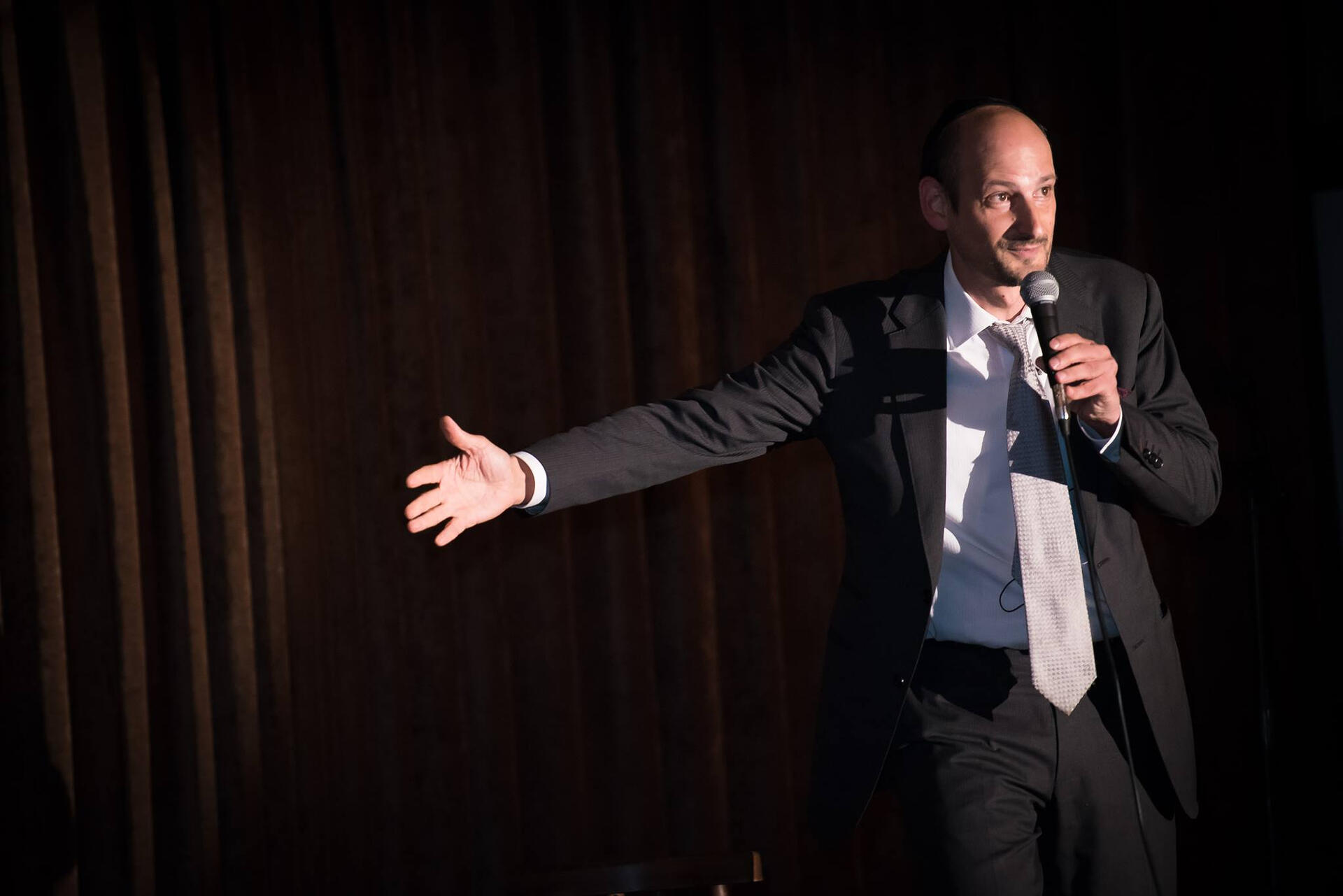
I'm Daniel Steinberg, former Saturday Night Live intern & writer for Howard Stern...stand-up comic, Jewish educator, marketer & most recently, pulpit rabbi.(I'll give you a minute to take that all in.)
I entered the rabbinate with a background in public speaking, including stand-up comedy.And as a professional marketer, I was already in the business of attracting attention, creating interest, and inspiring people to take action.But what's ironic is that when it came time to deliver my sermon, all that I knew about engaging people and making an impact with my words went out the window.
I Used to Deliver Sermons In "Rabbi Mode."When I started speaking from the pulpit, I thought it essential to come across as dignified and scholarly. I would slip into "rabbi mode”, using flowery language and unnatural pauses and posturing. I built complex masterpieces that were totally irrelevant to my audience, leaving them feeling overwhelmed and disconnected from me.
Until One Day...One day, I finally gained the confidence to abandon conformity and start leveraging the principles I had used successfully in my previous careers - as both an entertainer and marketing professional - in order to create my own unique speaking style.I committed to prioritizing these principles - what I now call 'The Maggid Method” - over conventional pulpit speaking wisdom, every time I got up to speak.
Almost immediately, things started to turn around.The first thing I noticed was that people stayed awake, alert, and attentive during my talks. Then, new people started showing up to hear me talk. Soon after, individuals who had never heard me speak started referencing in conversation ideas and phrases from my previous talks.People approached me to share their thoughts and experiences related to the topics I spoke about.All this was profoundly fulfilling. I began to connect with my audience on a deeper level, and for the first time, I felt like my speaking style was congruent with my true self. I realized that my authenticity and honesty were resonating with people.And I started building a speaking platform as a result.
Then this happened.People began sending me handwritten notes and cards with heartfelt sentiments such as, "Your talk spoke directly to what I'm experiencing," "When you speak, I feel like you're speaking directly to me," and "I've never been able to connect with a rabbi's sermon like I can with yours."Congregants started making donations in my honor, I received an impromptu gift of $2000 from the synagogue board, and invitations to speak elsewhere started coming in.Clearly, I was doing something right.
My promise to you...In the following weeks, you will learn the art of crafting transformative presentations that have the power to inspire and create lasting audience impact.You will learn techniques to connect with your audience, get them invested in listening to you from start to finish, and ensure your talks are clear, actionable, and memorable.Be warned, though, it requires a shift of mindset and a willingness to adopt some new strategies that may seem counterintuitive or feel uncomfortable at first.However, I promise you it's worth it.
💥What are your biggest challenges with writing or delivering presentations? Comment below. I'll address them in a future podcast.
I LEARNED THIS SECRET AT A VERY YOUNG AGE.
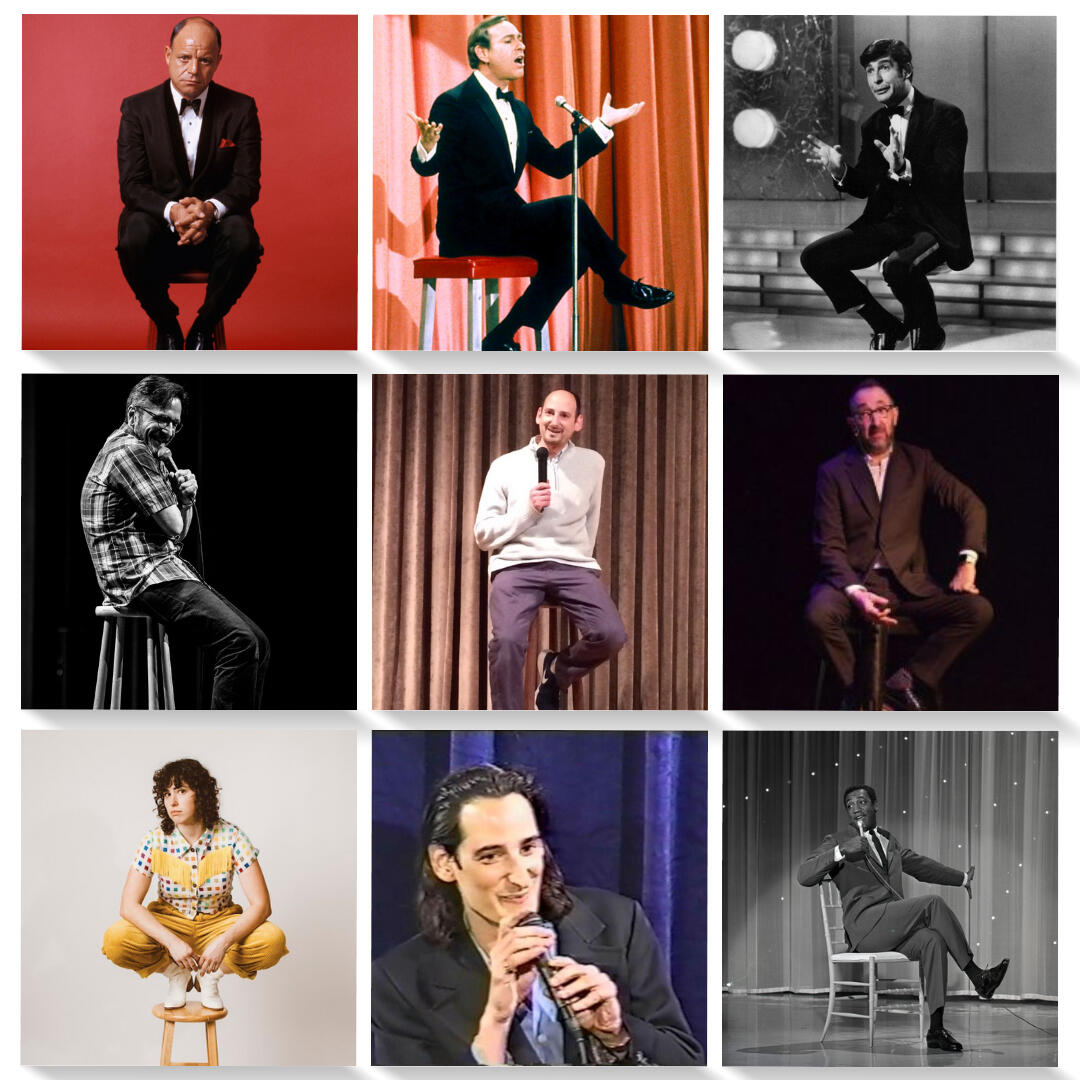
As I young stand-up comedian, I learned that creating a connection between myself and the audience was vital to my success.The superpower of a professional comedian is to recreate the informal feeling of a bunch of friends or family seated around a dinner table or in a living room, where an individual - whom everyone knows - is spontaneously entertaining everybody with hilarious anecdotes and bits.
In reality, a comedy club is the exact opposite of that.It’s a formal gathering of strangers who have all paid to assemble at a predetermined time and place for the specific purpose of listening to a stranger entertain them, on demand, knowing full well that the comedian’s lines will be carefully scripted and their routines rehearsed (sometimes 100’s of times) prior to this evening’s performance.So, I learned that the quicker I could break down those barriers between myself and the audience, the better chance I had at succeeding at my craft.
Public speaking is the same - only different.What I mean is that your success as a speaker also depends on your ability to quickly break down barriers and create connection between you and the audience.You want to send the audience a subconscious message, “I’m completely comfortable up here in front of all of you whom I’ve never met before, and I want you to feel completely comfortable with me. So, let’s have a good time together now, shall we?”
But how do you do that?When you're standing behind a podium, on a raised platform...maybe even delivering your speech into a microphone while reading from notes or a PowerPoint presentation?In other words, how do you, as a speaker, create that connection and environment of intimacy - in settings that don’t naturally lend themselves to it?
Look for the answer in the next email.
💥Want to hear my family-friendly stand-up comedy routine? Ask me your biggest question about writing or delivering Drashos - and I'll send you an mp3 of my last show as a bonus!💥
connection over content
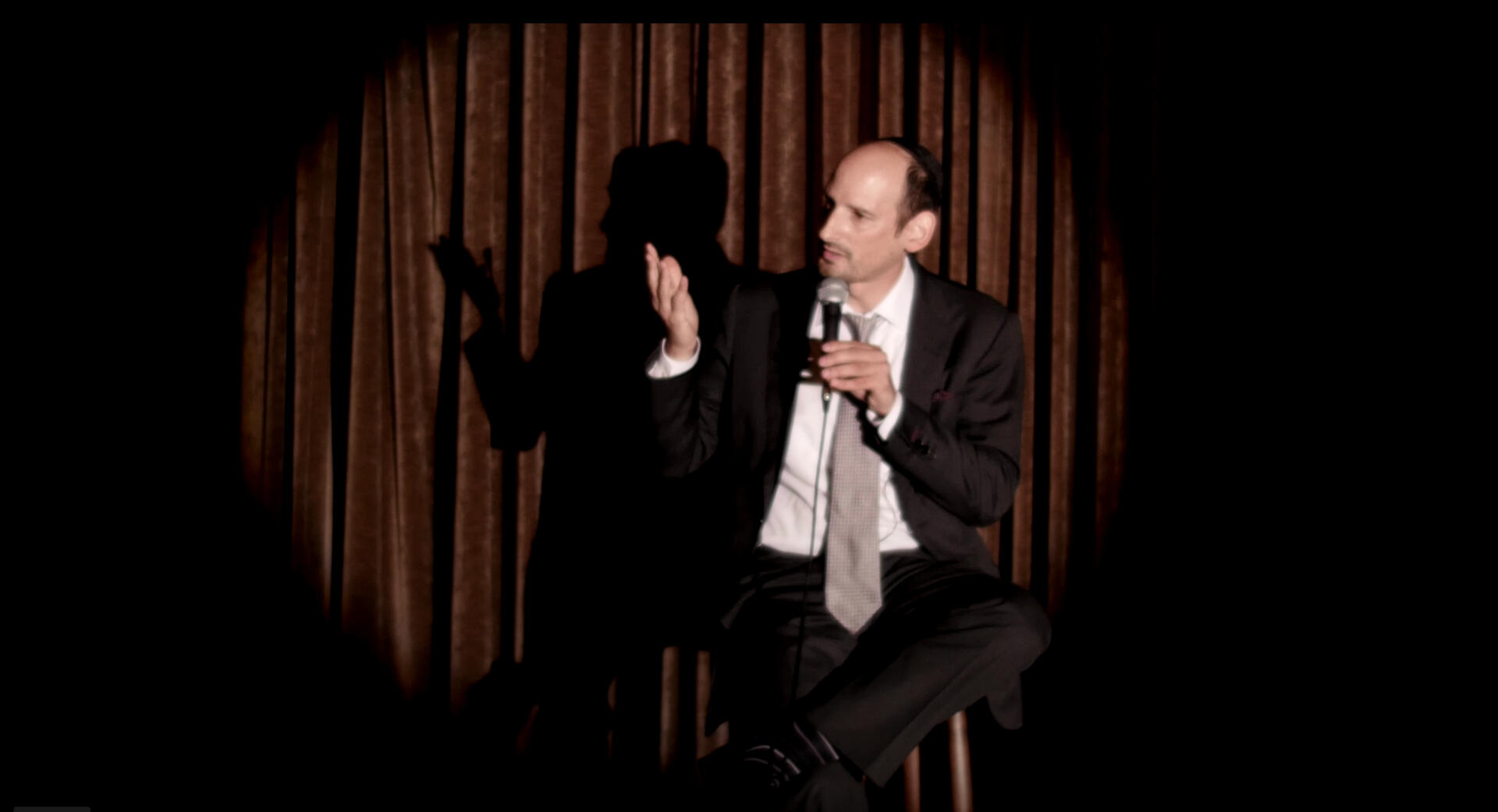
Once you grasp this secret, you'll begin to notice it at work everywhere great speakers are found.Establishing a connection with your audience before launching into your content exponentially increases your chances of educating or influencing your audience with your words.
Amateurs overlook the necessity of this, and eagerly charge head first into their content.But know this:An audience that can't connect with their speaker is less likely to trust them and less likely to be moved by their message. We may even feel like they're attempting to deceive us or control our thoughts.Ultimately, your ability to create a bond with the audience can be the deciding factor between a lackluster presentation and a transformative presentation that motivates the audience to act and bring about change.
Here's what I do to establish a connection.At the beginning of my talk, I will either:1. Share a story about a struggle that I currently have in an area related to my talk.2. Or a time I failed in that area.3. Or a regret I have about it.4. Or some mildly embarrassing episode surrounding it.5. Or a fear I have about it.6. Or something about it that I'm uncomfortable with.7. Or a piece of information about myself that most people are reluctant to share.Etc. etc.
Pretty scary, right?All of these serve to reveal your true self to your audience, making yourself vulnerable and subject to their judgement or criticism of you.The reason this works is based on the same principle that works to make new friends in real life. By sharing something personal, being vulnerable, and trusting the other side will reciprocate that trust, you grow closer.
And the more scared you are, the more effective it is.Blogger James Altucher says:"A friend of mine told me he was so nervous about publishing his book because he was afraid what his colleagues would think of him.I NEVER hit publish unless I’m afraid of what people will think of me. You have to bleed so much in every post that your superficial 'you' is scared. I never hit publish unless I’m afraid of what people will think of me."
THIS is the yardstick I use to measure what I decide to share about myself.Does it scare me to share this? Am I afraid what people will think about me afterwards? If the answer is yes....(AND it doesn't portray me in a permanently negative light to the point that the audience won't be able to move past it....)I share it.
A few magical things start happening when you start doing this.1. You create a connection and a sense of being amongst friends with the audience.2. You immediately become more relaxed for the remainder of your presentation, because you're no longer concerned about gaining the audience's acceptance - you already "trust fell" into their arms and they received you.3. People see themselves in you, and they're that much more open to being transformed by your message.4. You become memorable to your audience, a real person with failures and successes whom they can relate to - as opposed to just another talking head spouting information.5. A bond is created between you and the audience that cannot be broken by outside forces. And since your authentic self is the one thing the audience wants from you more than anything else (and the one thing they can't get anywhere else), you become irreplaceable.
Once you grasp this secret of "Connection over Content", you'll begin to notice it at work everywhere great speakers are found.
I'm too nervous to share...
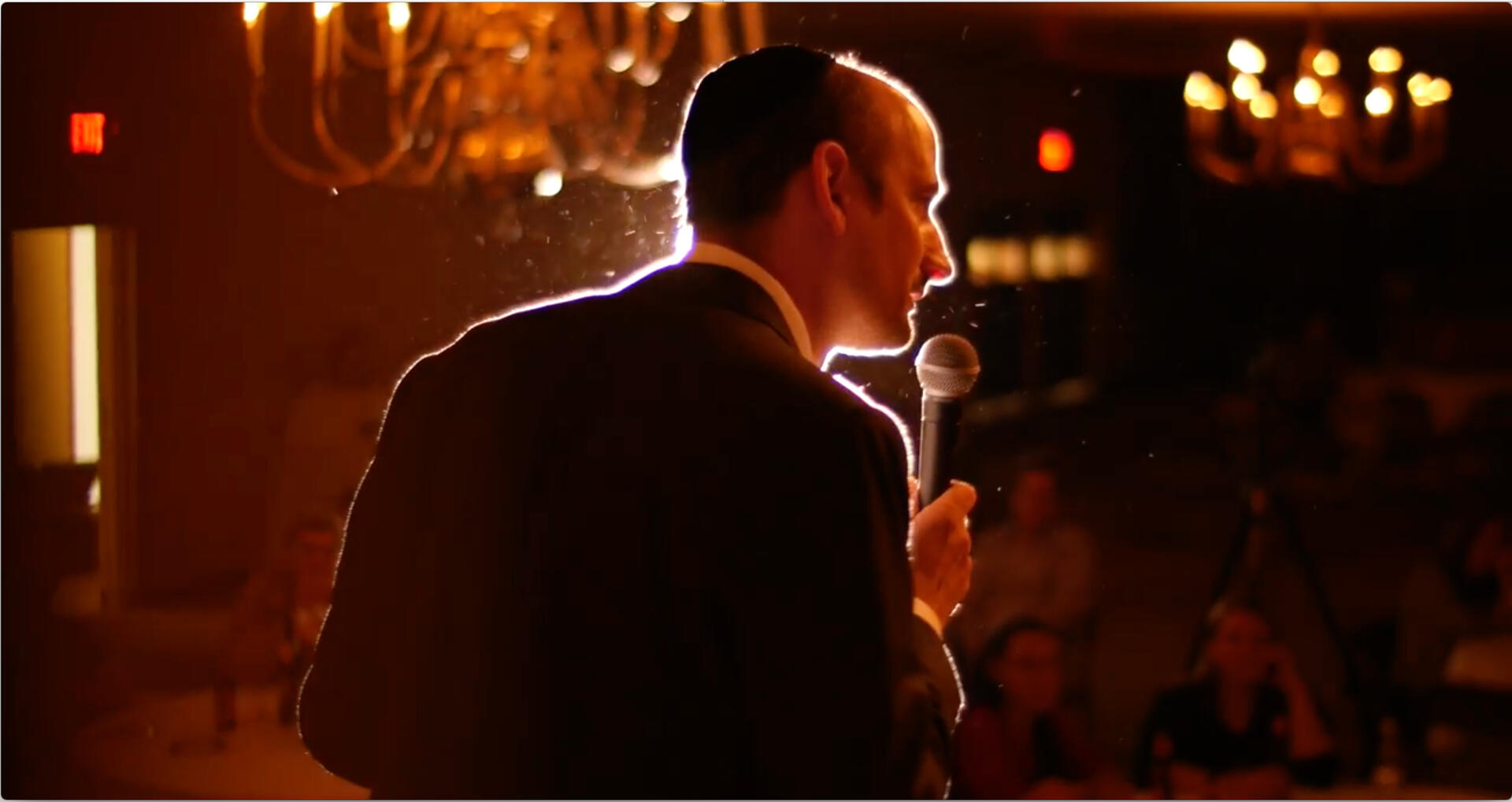
"I'm too nervous to share personal stuff about myself to a roomful of strangers, especially if it's gonna make me look flawed or weak..."It's a valid point.But it's based on an erroneous assumption.
The assumption is that people are influenced - or even interested - in perfect people.We're not.Think about some of your favorite books, TV shows or movies. Were the main characters perfect? Probably not. Some of the most memorable stories of all time contain heroes that are deeply flawed.(Remember the tagline for the movie Rocky? “His whole life was a million to one shot.”)
But that’s exactly what makes us like them.It’s BECAUSE they’re imperfect that they’re relatable and believable to us.If somebody’s life doesn’t seem to contain any flaws, we secretly mistrust them. Because deep down we know that nobody’s perfect, so they must be hiding something from us.
What we're interested in are people who are real.People who have:1. Fears
2. Failures
3. Regrets
4. Challenges and struggles
5. Disappointments and loss of faith
6. Broken hearts
7. Self-doubts, confusions, and uncertainties,
8. Etc. etc.In short, people who are like us.
The kinds of people whom we can see ourselves in...are the kinds of people who we'll follow to find our way back home.Subconsciously, your audience member is thinking:"Wow. If it worked for her journey, maybe it can work for mine, too."Who would you rather follow? A leader who's been in the trenches and scrambled out of them, or someone who's never been there in the first place?
It's counterintuitive, but showing our weaknesses actually makes us more relatable, more trustworthy, and strengthens our credibility as leaders.Never underestimate the power of this foundation in your talk. It's your greatest asset for getting audience buy-in and building a dedicated following, and will set you apart, making you an irreplaceable speaker.
This used to annoy the heck out of me.
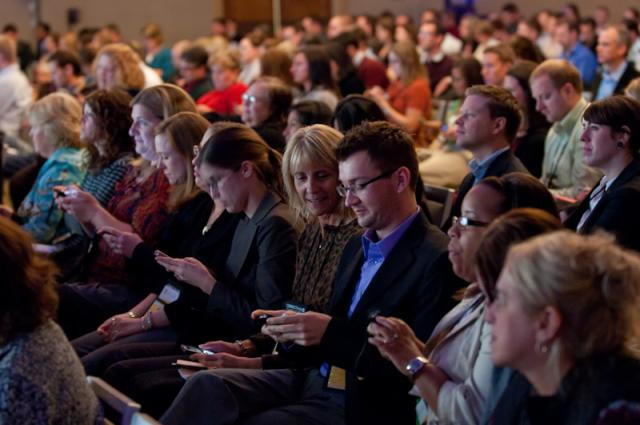
It used to annoy the heck out of me.People looking at their phones (or reading) while I was speaking from the front of the room.
Jerry Seinfeld said the following...about someone who went to their phone in the middle of a conversation:"Do we even know what rudeness is anymore in this country? What if I just pulled out a newspaper and started reading it while you were talking...THEM: That looks like an interesting article, what are you reading?JERRY: Oh, nothing. Just an article about someone being an inconsiderate jerk...
But then I recalled a phrase an old Israeli boss of mine was fond of saying:"Don't curse the darkness, light a candle."Instead of complaining about an unpleasant situation - do something about it.
So, I began to analyze:a) why would someone go to their phone while I was speaking, andb) what was on their phone that was so compelling that I couldn't compete with...In other words - what did the phone have that I didn't?
People were not invested enough in the content of my presentation to continue listening to me.Because if something is important to you - you tune everything else out to listen.Imagine someone interrupting everybody with the following announcement:"Ladies and gentleman, there is a fire raging on the floor above us. There are only two routes to escape. Please listen carefully."Silence would ensue, because survival triggers a profound instinct within us.So we're all ears.
Also - 9 out of 10 times - people were going to their phones to check social media.Which meant to me that:a) They were looking for connection, andb) Whatever I was providing in the way of connection was not strong enough to keep them present - so they went looking for it elsewhere.
I realized then, the only way I'd stand a fighting chance at sustaining people's attention was to:1. Create such a strong bond between myself and the audience that we'd be fused together, and2. Commit to only ever speaking about topics the audience was invested in knowing about...
Exactly how to get an audience invested in listening to what you have to say is a simple two step process, and the subject of the next 2 emails.
FIRST, CHOOSE TOPICS THAT MATTER TO THEM THE MOST
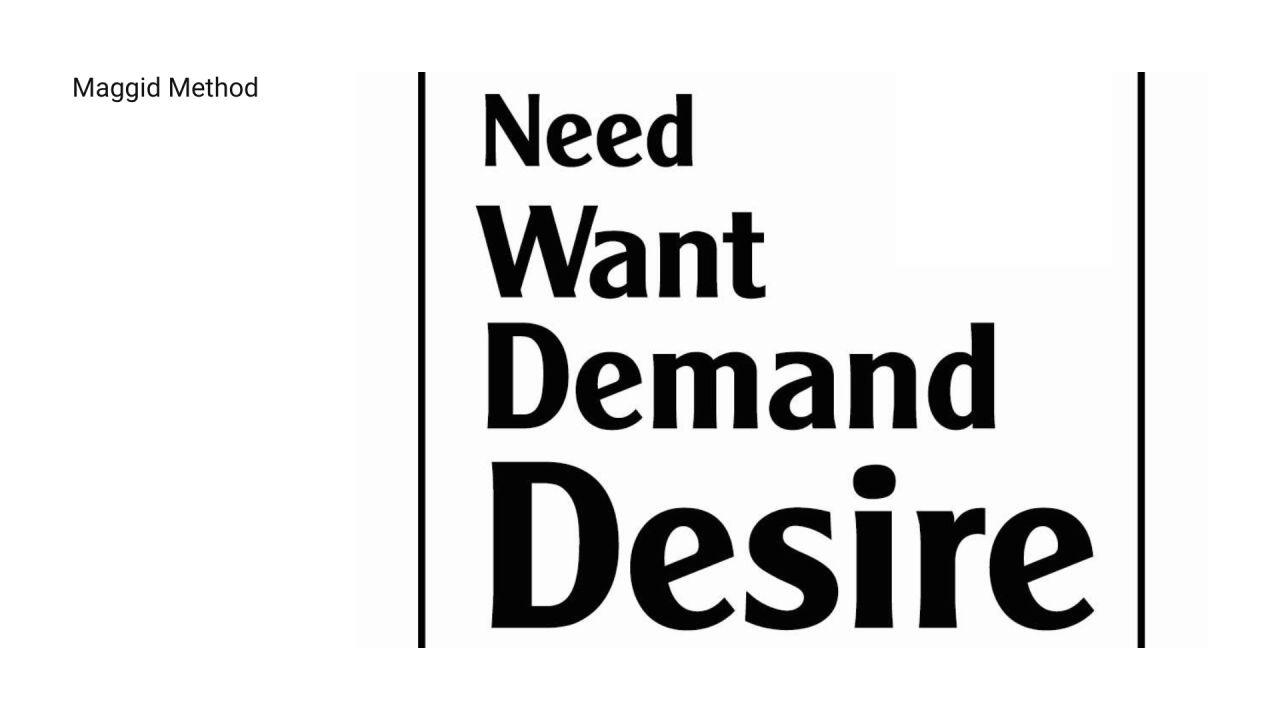
Everyone in your audience is undoubtedly going through some challenging issue...Either in their personal lives or professional lives - very often it’s both.And these problems are constantly weighing on their minds. They’re constantly in a state of worry about their problems, or hoping for solutions to them.
When you get up and share a Dvar Torah that doesn’t deal directly with any of the things they’re going through in their own lives...And ask them to pay attention to you passively while you talk, where do you think their minds are going to go?Unless you’re entertaining them, which at least serves to distract them from their real life issues, they’re not going to be able to pay attention to you for more than a moment or two, before their mind goes back to thinking about what’s going on in their own lives.
But if you address - head on - real world, universal topics that address their deepest needs and desires...Like:- Health,
- Marriage,
- Friendship,
- Parenting challenges,
- Challenges with kids,
- Work and finances...And our senses of:- Identity,
- Freedom,
- Contentment,
- Gratification,
- Prestige,
- Power, and
- Security…You'll reel them in.These are the big topics you should be talking about in your Drashos. These are the areas you should be aiming to effect transformations in.
Choosing to speak about one of these topics automatically guarantees audience interest and attention.They contain themes that will quickly resonate with any audience - even cavemen - since they are inherently found in all of us.And any positive transformation you can effect in one of these areas - like survival, hunger, loneliness, family, friendship, or even death - is guaranteed to have a greater impact on your audience than any other topic you could talk about.
And it will also create cohesiveness with your audience.Because these are the things we’re all naturally interested in, because we’re all going through them on some level, either directly or indirectly, no matter who we are or where we’re from or how old we are.We’re always on the lookout and ready and willing to listen to someone who will encourage our dreams, justify our failures, allay our fears, confirm our suspicions, and throw rocks at our enemies…
The Torah contains plenty of “real-world” and relevant issues for you to address in your Drashos...Without you ever having to resort to high-falutin' topics like:“Matzah: The Sefas Emes and C.S Lewis on Rediscovering Humility”.Save those kind of talks for your scholars-in-residence to cover, while week in and week out you provide your congregation with answers and solutions from the Torah on how to successfully deal with the issues that they’re currently struggling with.Don’t disappoint or neglect your congregation by talking about commonplace issues when they need you for their core issues.
Go big or go home.
ARTICULATE THE HIGH STAKES.
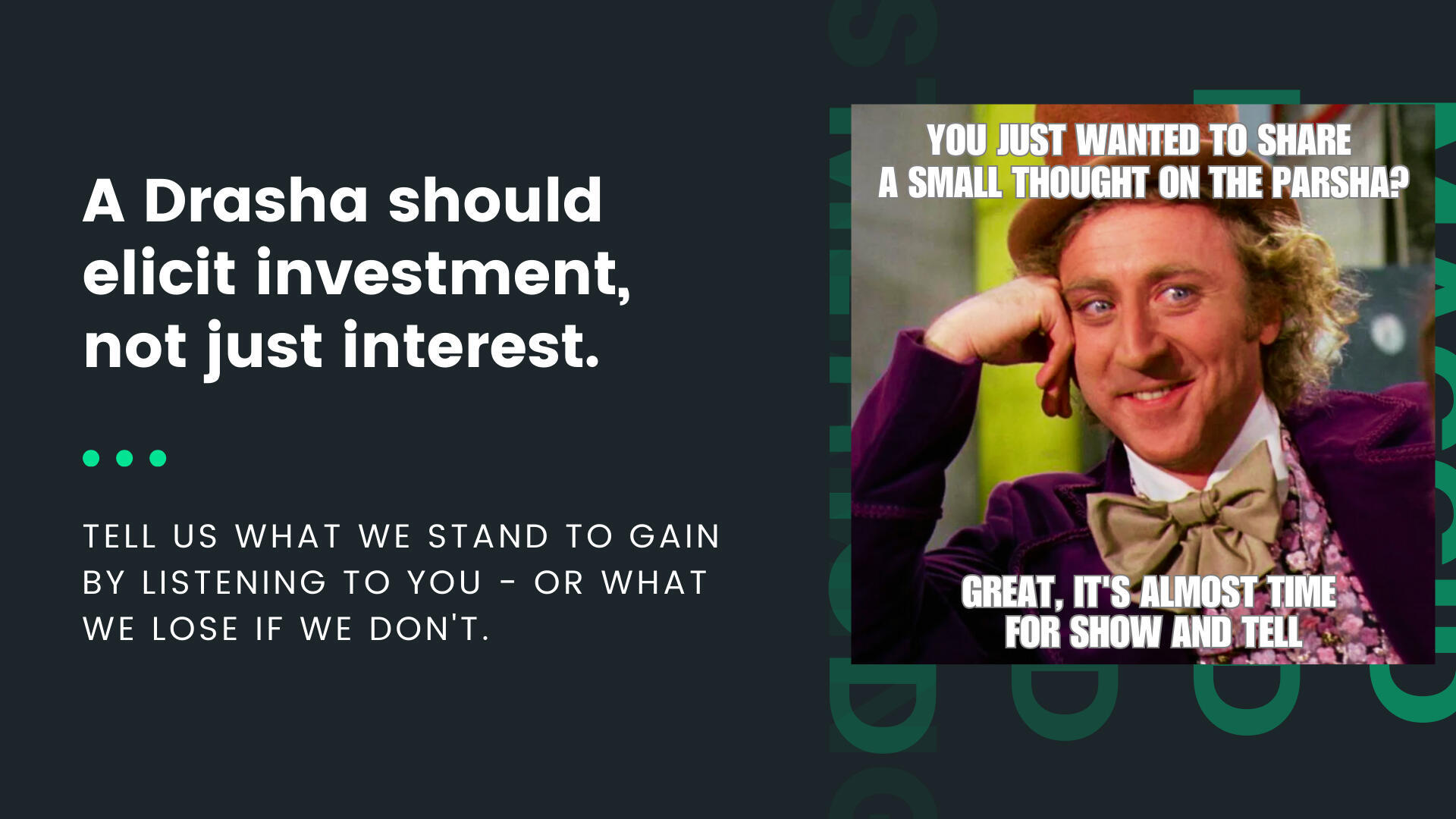
You must guarantee your audience is not merely interested in what you have to say - but that they're invested in it.Speakers whose presentations are built around just sharing "something interesting I saw" or passing along "a helpful idea" provide little or no value to the audience. Such speakers will always struggle to sustain audience attention.But when people are invested in what you have to say, they'll hang on your every word.
What Investment Looks Like...Imagine someone getting up in the middle of a crowded room and interrupting everybody with the following announcement:"Ladies and gentleman, there is a fire raging on the floor above us. There are only two routes to escape. Please listen carefully."Silence would ensue, because survival triggers a profound instinct within us. So we're all ears.
How to Elicit InvestmentGetting an audience invested in listening to what you have to say is a two step process.1. First, choose topics that matter to them the most and address their deepest needs and desires.2. Next, articulate, upfront, the high stakes involved. What does your audience stand to gain by hearing this information, or lose by missing it?
Eliciting Audience Investment: A Practical ExampleIf your audience consists primarily of parents, it's safe to say they care deeply about the wellbeing of their children and the family dynamic in their home.Therefore, speaking to them on the subject of effective parenting strategies is a topic that's going to cut straight to their heart.
What They Stand to Gain By Listening To You.By illustrating how implementing effective parenting strategies leads to:1. A home full of meaningful conversations,
2. Tight-knit support system, and
3. The creation of lifelong memories...Your audience becomes crystal clear on what they stand to gain by listening to you.
Or Risk Losing By Ignoring Your Message...Conversely, by highlighting the negative consequences of neglecting such techniques:1. Strained communication,
2. Frequent conflicts, and
3. Overall household discord...The audience viscerally understands what they stand to lose by disregarding your message.
Remember: Anyone can get attention...The real trick is sustaining attention. And the only way to do that is by getting people invested in what you have to say.
TWO PART CONNECTION

It took only one comment from my wife to make me realize - I had been making a huge mistake.For several weeks in a row, I had been sharing real-life, candid (but humorous) anecdotes with my congregation from the pulpit.I was attempting to forge a relationship with the members, as their newly appointed interim leader, by allowing them into my life and revealing a glimpse of who I was.So far so good...
But one Saturday morning, right before I got up to speak, my wife whispered a discreet yet striking question into my ear:"So what's the Rabbi Steinberg show going to be about this morning?"And then I realized - I had neglected the other half of forging a connection with the audience:Relating it back to them.
I hadn't bothered to establish common ground with the audience.And I was coming off as:- self-absorbed
- self-indulgent
- self-centeredI was making it all about ME.
So what's the right way to connect with an audience?It's through the power of shared experiences.And it happens in 2 steps.1 - First, you open up and share with the audience your personal struggle with the objective of your talk...2 - But then you acknowledge that it's not just what you are thinking or feeling - but what we all are thinking and feeling together.
By saying things like:- “I can't be the only who's experienced this"...- "I'm sure you've been in similar situations - or know somebody who has"...- "This is an experience we all go through in some form or another..."You:- skillfully shift the focus off yourself,
- foster a sense of unity among the audience,
- make the presentation relatable to everyone in the room.
That's what makes all the difference between...- "The Rabbi Steinberg Show", and- "The Rabbi Steinberg AND Congregation Show"But it took a soft yet astute observation from my spouse for me to realize it.(I'm sure you've been in similar situations - or know somebody who has:)
Want to master the craft of audience connection?Email me at daniel at maggidmethod.com to learn more.
the "Five Whys" exercise.

Getting an audience invested in listening to what you have to say is a two step process.1. First, choose topics that matter to them the most; topics that address their deepest needs and desires.2. Next, articulate upfront, the high stakes involved. What do they stand to gain by hearing this information, or lose by missing it?
But what if your given speaking topic doesn’t directly address your audience’s core wants and needs?How do you get the audience invested in listening to your presentation all the way through?
The answer is by utilizing the "Five Whys" exercise.This exercise serves to uncover the high stakes involved in heeding or disregarding your message.Start by asking yourself:"What negative consequence does my audience face by not knowing this information?"Then, ask "Why is that a problem?" several more times in a row.By the fifth answer, you should uncover the underlying importance and urgency of your topic, allowing you to connect your message to your audience's core needs and keeping them invested in your presentation all the way through.
Let AI do the heavy lifting for you.You don't even have to rack your brain to find answers to the Five Why's.Here's a prompt you can use:"Please provide an example of how the 'Five Whys' exercise can be used to reveal the importance and urgency of [insert the subject of your talk] and connect it to the core needs of my audience [insert the demographic of your audience if you have one, or just leave blank], to keep them engaged in the presentation."
Here's an example:Topic: Inner Strength.Question 1: What single negative consequence does my audience face by lacking inner strength?Answer 1: They may struggle to overcome life's challenges and setbacks.Question 2: Why is struggling to overcome challenges a problem?Answer 2: It can lead to feelings of helplessness and anxiety.Question 3: Why do feelings of helplessness and anxiety matter?Answer 3: They can affect their mental and emotional well-being.Question 4: Why does mental and emotional well-being matter?Answer 4: It influences their ability to make positive decisions and maintain healthy relationships.Question 5: Why do positive decisions and healthy relationships matter?Answer 5: They contribute to a fulfilling and balanced life.
The magic number is 5.By going through the "Five Whys" exercise, we can see that lacking inner strength can have a significant negative impact on an individual's overall well-being and life satisfaction.As a presenter, you can connect this insight to the audience's core needs, such as their desire for personal fulfillment, happiness, and emotional stability.Emphasizing how inner strength enables them to navigate challenges effectively, make positive choices, and cultivate healthier relationships, you can motivate them to stay engaged and invested in your presentation on inner strength until the end.
"I FEEL DEFEATED."

(A speaker reached out to me with the above regret after his last presentation.)"I felt bewildered going into the talk, and I felt defeated after I left."
I asked him what he was hoping to accomplish."I wanted to transform a Torah lesson from - 'a nice thought' - into something magnetizing.I wanted people to be tuned in when I speak.Instead...They were yawning."
I asked him what his topic was.HIM: Lashon HaRa (the Torah prohibition against gossip and slander).ME: Ooh. That's a tough sell. People love to listen to gossip, but being told why they shouldn't gossip - not so much.
Here's what I would've done.Instead of making Lashon Hara the primary topic of my talk, I'd look for a core need, want, or desire - connected to the subject of gossip - that is emotionally hot and universally held - and lead with that, from the very first step of the Maggid Method, till the end.(Refer back to the "Five Why's exercise for an easy method of identifying core needs, wants, and desires.)
For example:We all know too well how participating in gossip can jeopardize the trust and foundations of meaningful connections.So as an example, I'd lead with the core topic of trust in relationships right from the beginning of my presentation.
Step 1 - Connection.I would start with a genuine, personal story, either about a time that I broke someone's trust - or a time that I had mine shattered - through gossip. I would make it raw and relatable, giving the audience a glimpse into my humanity, drawing them in so they can connect with me...
Step 2 - Investment.I would explain how gossip has the capacity to:- erode trust,
- destroy relationships, and
- lead to loneliness and a decreased sense of belonging...It's likely that some audience members might even be experiencing several of these issues in their relationships, as I speak...
Step 3 - Transformation.Here's where I would seamlessly transition into the subject of Lashon HaRa by saying:"One cause of breakdowns in trust - probably the biggest cause of it - is gossip.""I want to share with you for a few moments the Torah's strategy for feeling secure and avoiding the pain of betrayal in our interpersonal relationships...
Step 4 - Vision.I would ask the audience to imagine an existence without gossip. Where you could do something embarrassing amongst friends and feel secure, knowing that nobody will talk about it after you leave.
Step 5 - Action.I would conclude by challenging the audience to commit to going gossip-free for a short amount of time, something like 5 minutes a day, at the same time every day.
Why this works...The educational content of your presentation is typically not going to be compelling enough to sustain your audience's attention.That's why the primary subject of your talk should always be the implication of your educational content - what it means to your audience in their every day to day lives - not the content itself.And if the implication doesn't hit upon any of their core needs, wants, or desires...You must either dig deeper to find an angle for your content that is compelling to them, or find another topic to talk about.(Or expect lots of yawns.)
Remember:When people are invested in what you have to say, they'll hang on your every word.And you get your audience invested in listening to what you have to say by:1. Choosing topics that matter to them the most; topics that address their deepest needs and desires.2. Articulating upfront, the high stakes involved. What do they stand to gain by hearing this information, or lose by missing it?
They're “paying” attention.

Attention is a commodity.There is an implicit agreement in place whenever somebody gets up to speak.If it would be articulated, it would go something like this:“I’ll give you my undivided attention, if you promise to give me something worthwhile in return.”(Maybe that’s why it’s called “paying” attention.)
Are you offering something of value in return?Our brains will only struggle for a few moments to pay attention to what you’re saying to determine what’s in it for us.But as soon as an audience perceives that you’re not offering them anything of positive, tangible value, they do the most natural thing in the world with their attention.They take it back.The audience will remain quietly in their seats out of politeness and respect, but I guarantee you, they're already checked out and their minds are elsewhere.
The formula for determining valueAny time you cause a measurable shift in someone’s life - taking them from Point A to Point B in a positive direction - you’ve provided them with value.For example, feeding somebody causes a positive, measurable shift in their life. By taking them from a state of hunger to satiety, you’ve given them value.However, not all shifts create equal value.
The Value PyramidThe below graphic is a hierarchy of value offerings, as defined by the marketplace. The higher up on the pyramid, the more people are willing to pay for that value.
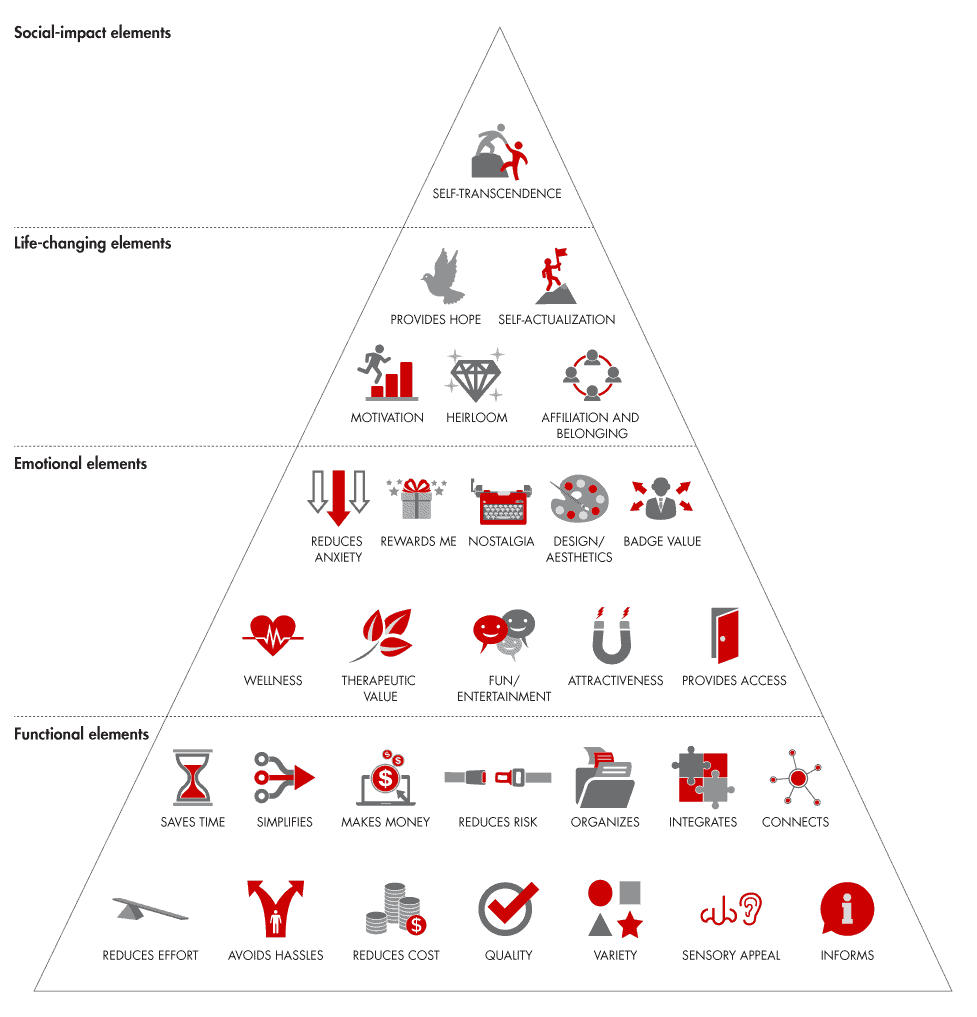
(source: Harvard Business Review/Bain & Co.)
The stronger the value, the more attention they'll payThe shifts that create the most value, i.e. the most in-demand, sought after transformations are the ones that cause shifts in people’s relationships as well as how they relate to themselves.
- limitation > self-transcendence- despair > hope- feeling marginalized > sense of belonging- depressed > motivated
The weaker the value, the less attention they'll payNotice that "information", taking someone from a state of being uninformed to being informed, is on the lowest level of the value pyramid - because these days, people can find information anywhere.So if that's all you're offering when you get up to speak, good luck trying to hold people's attention with it.
Give the strongest value you're capable of deliveringAs a speaker, you provide value by connecting deeply with your audience and transforming their lives along these lines, in a way they can only get from you.Use this graphic as a point of a reference when aiming to provide something of value in return for an audience's attention with your speaking.
Did you find this post valuable?Want to learn the secrets of strong value delivery?Email me at daniel at maggidmethod.com
Visualize the End State
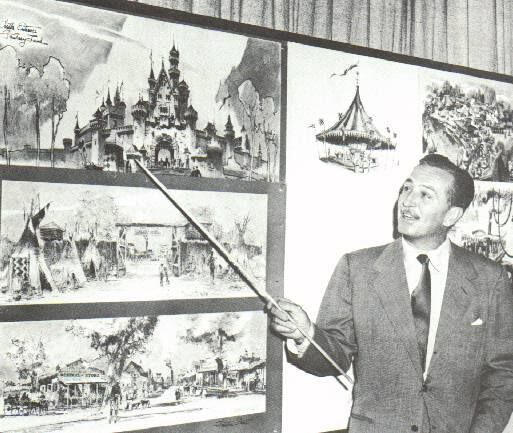
Walt Disney died in 1966...Five years before the opening of his mega- popular theme park.On opening day in 1971, two ride operators were overheard talking with each other:“It’s a pity Walt never got to see his dream brought to life”, one worker said to the other.“That’s not true”, his friend replied. “We’re only seeing this park today because Walt saw it first.”
Great leaders are visionaries...The super power of a visionary is to articulate a dream so clearly that his or her listeners can already see it laid out in their minds' eye.But conveying a vision does not entail focusing on the nitty gritty details of the dream.Rather - it's about evoking a feeling that stirs the hearts of your audience to the point where they yearn to experience it for real, and are inspired to fill in the actionable steps in order to make it happen."If you want to build a ship, don't drum up the people to gather wood, divide the work, and give orders. Instead, teach them to yearn for the vast and endless sea."- Antoine de Saint-Exupéry
Bridging the gap between the present and the future.This is why it's so vital to follow up Step #3 of the Maggid Method -"Transformation over Information" - with Step #4 , "Vision over Vapor".Your audience might not yet see the full possibility of change. And even if they do, change can feel intimidating, and they may struggle to envision a different reality for themselves.By painting a vivid picture of what life could be like after following through on the transformation laid out in the previous step - you bridge the gap between the present and the future, making the transformation feel achievable.
Closing the deal
